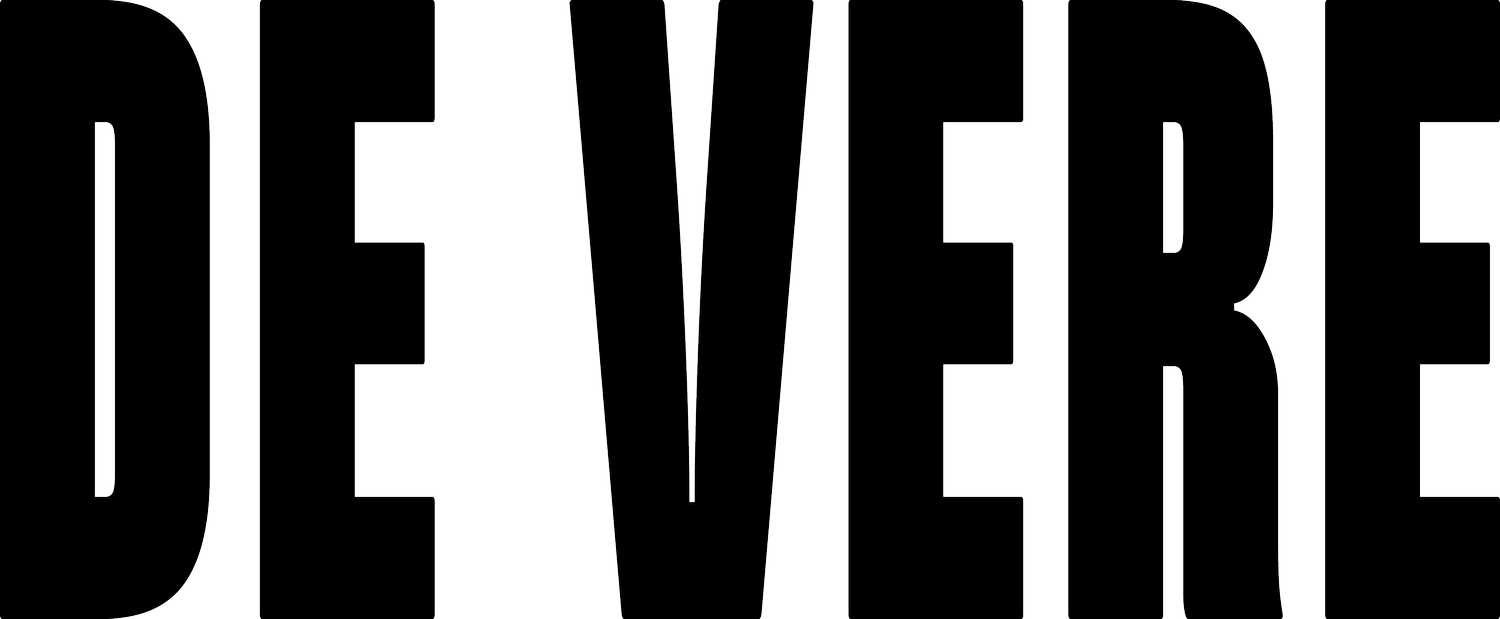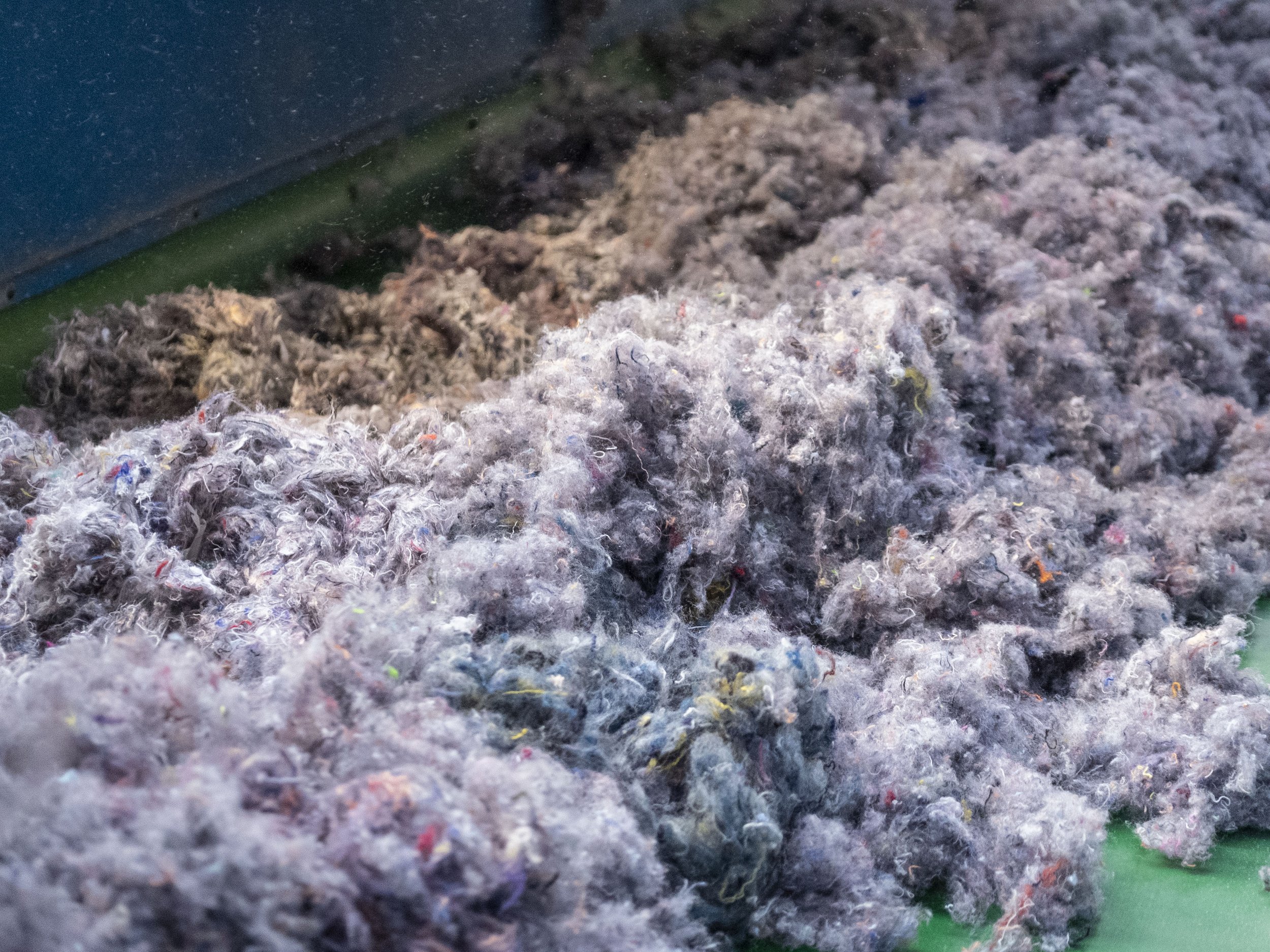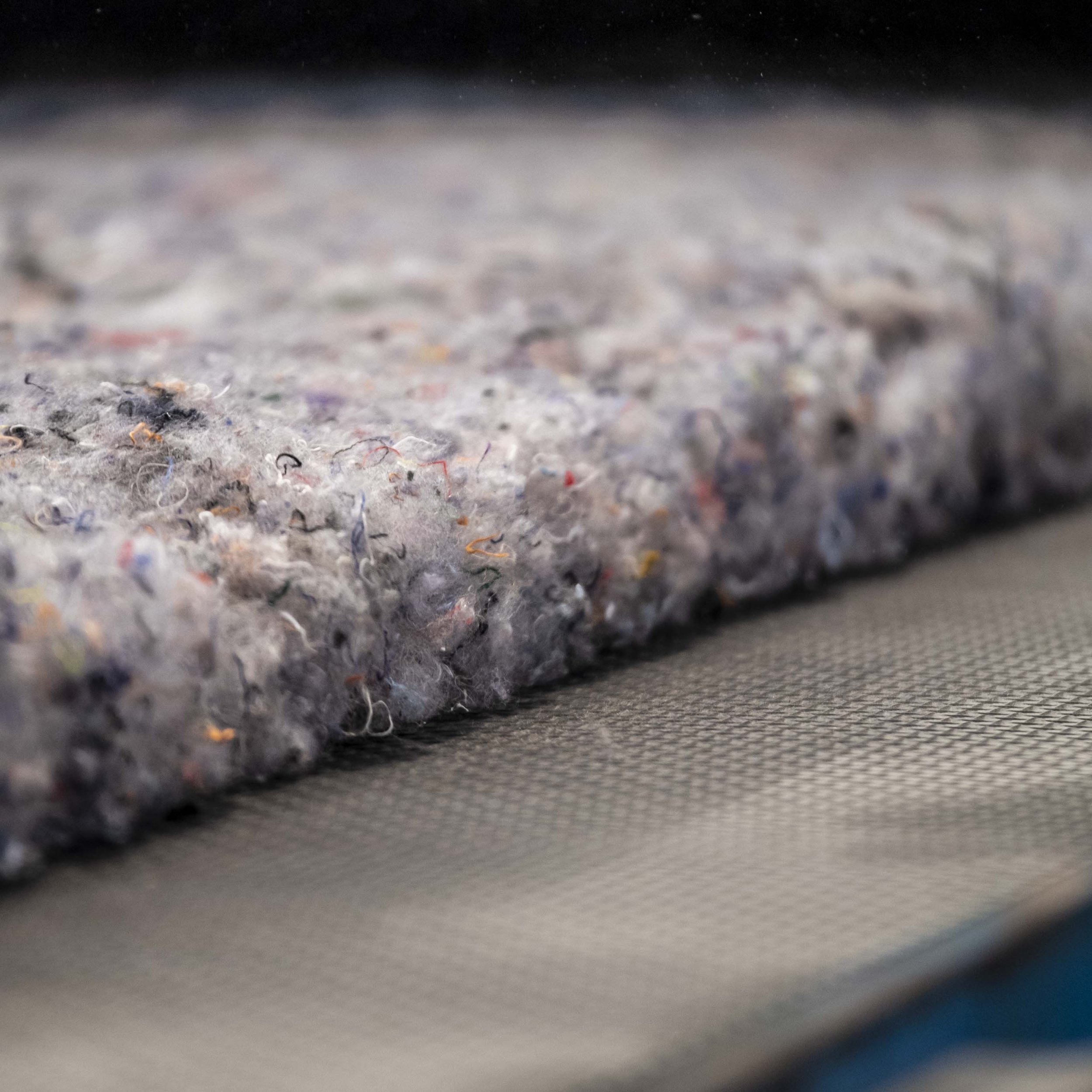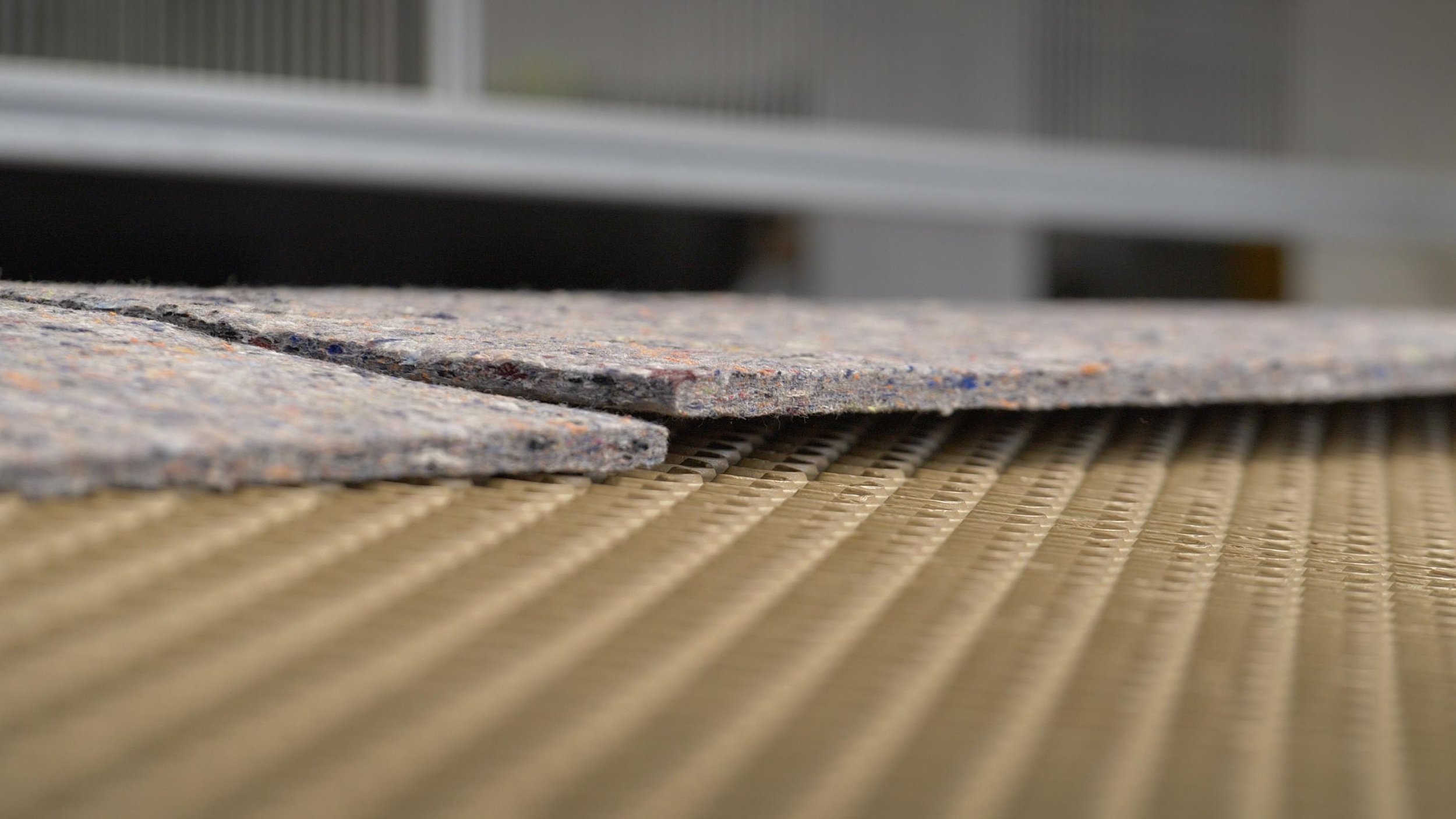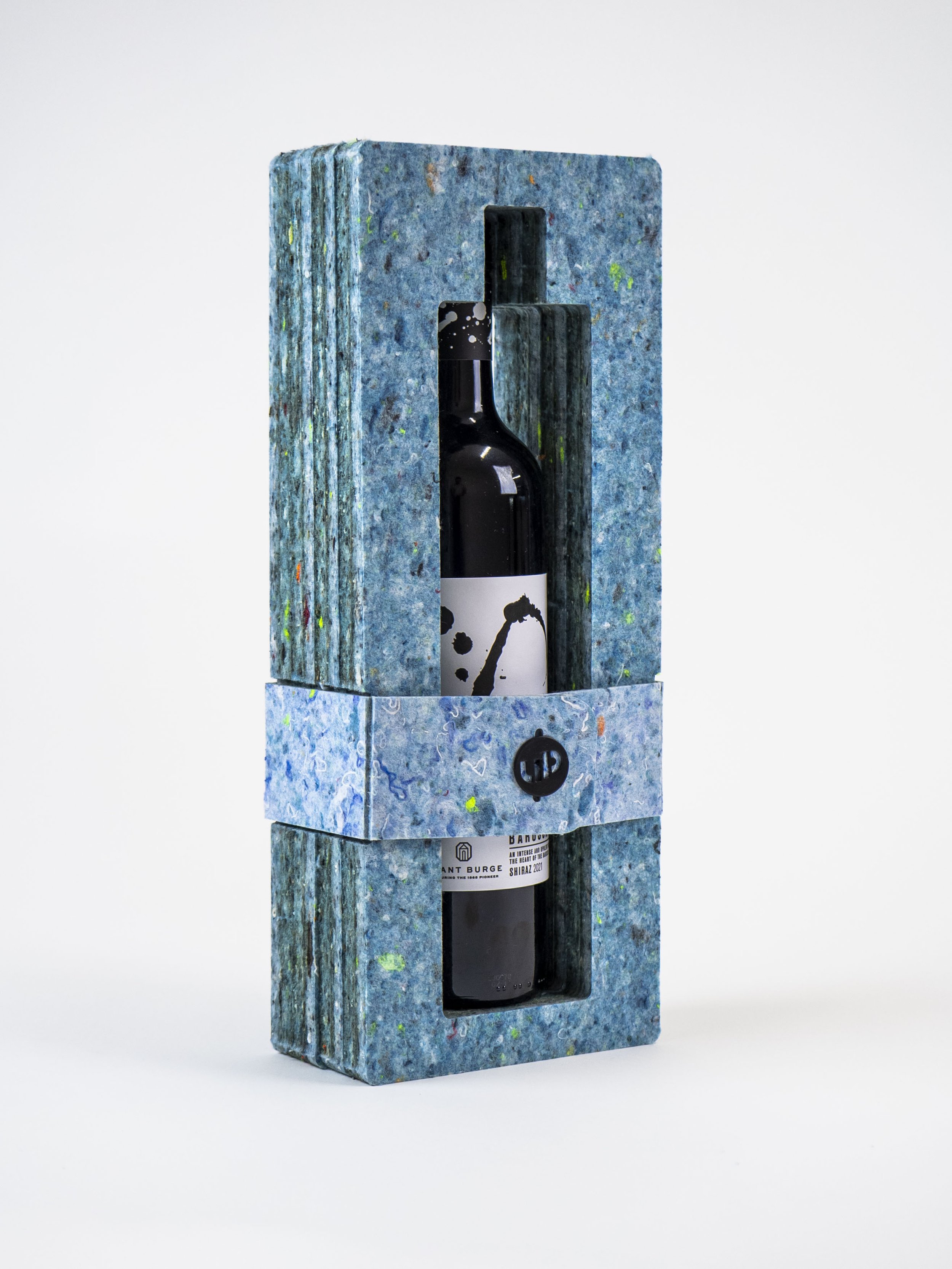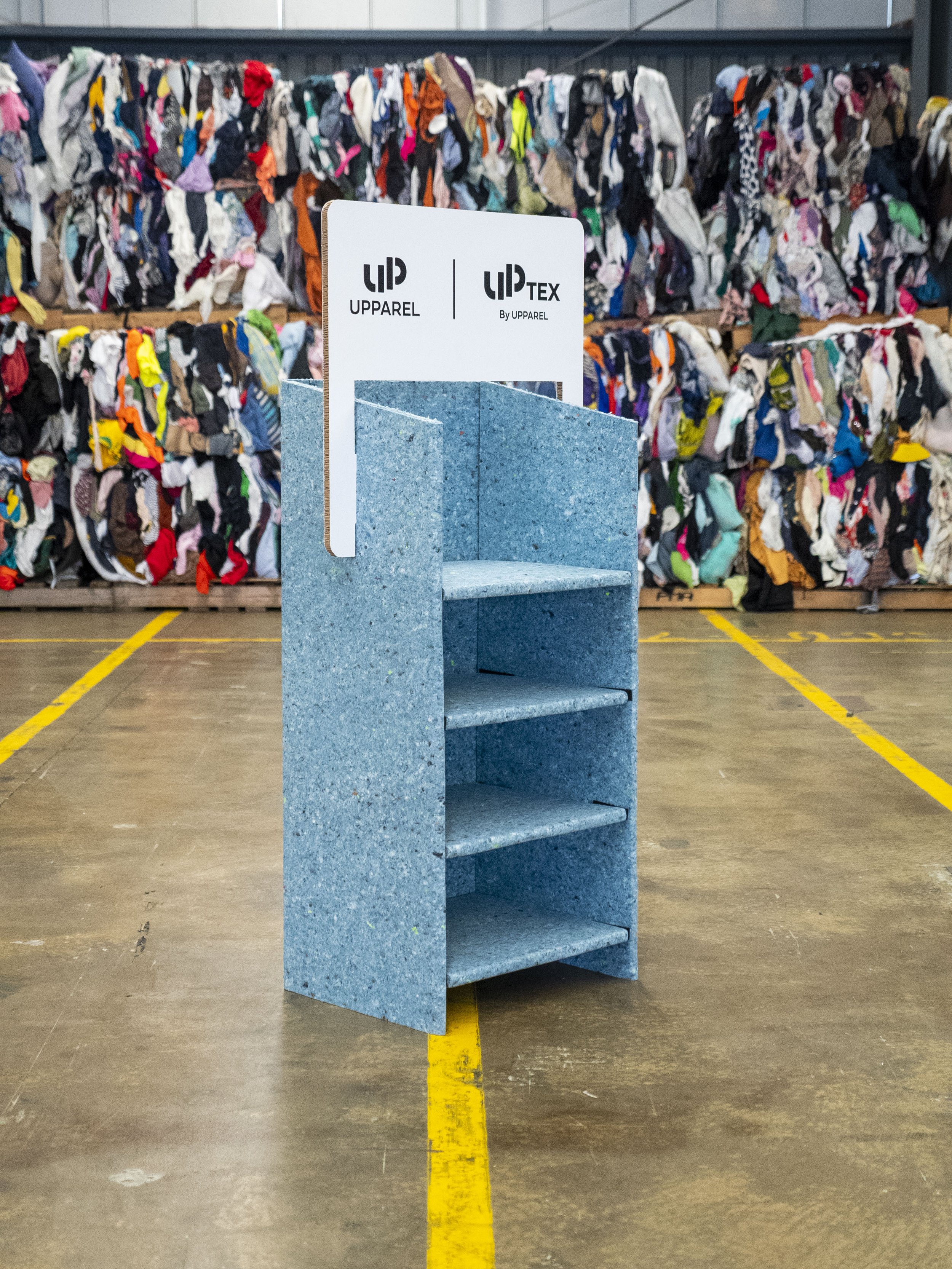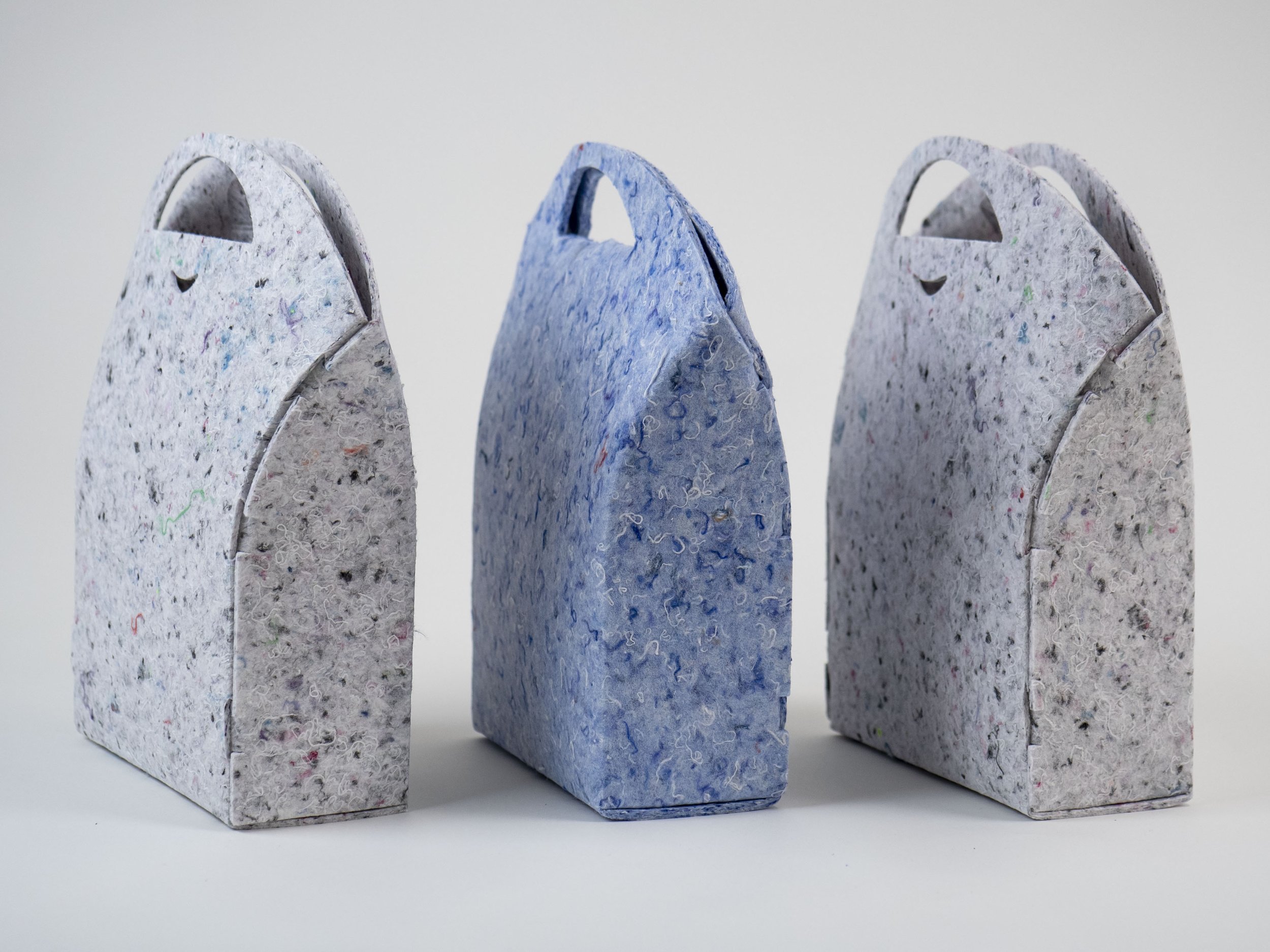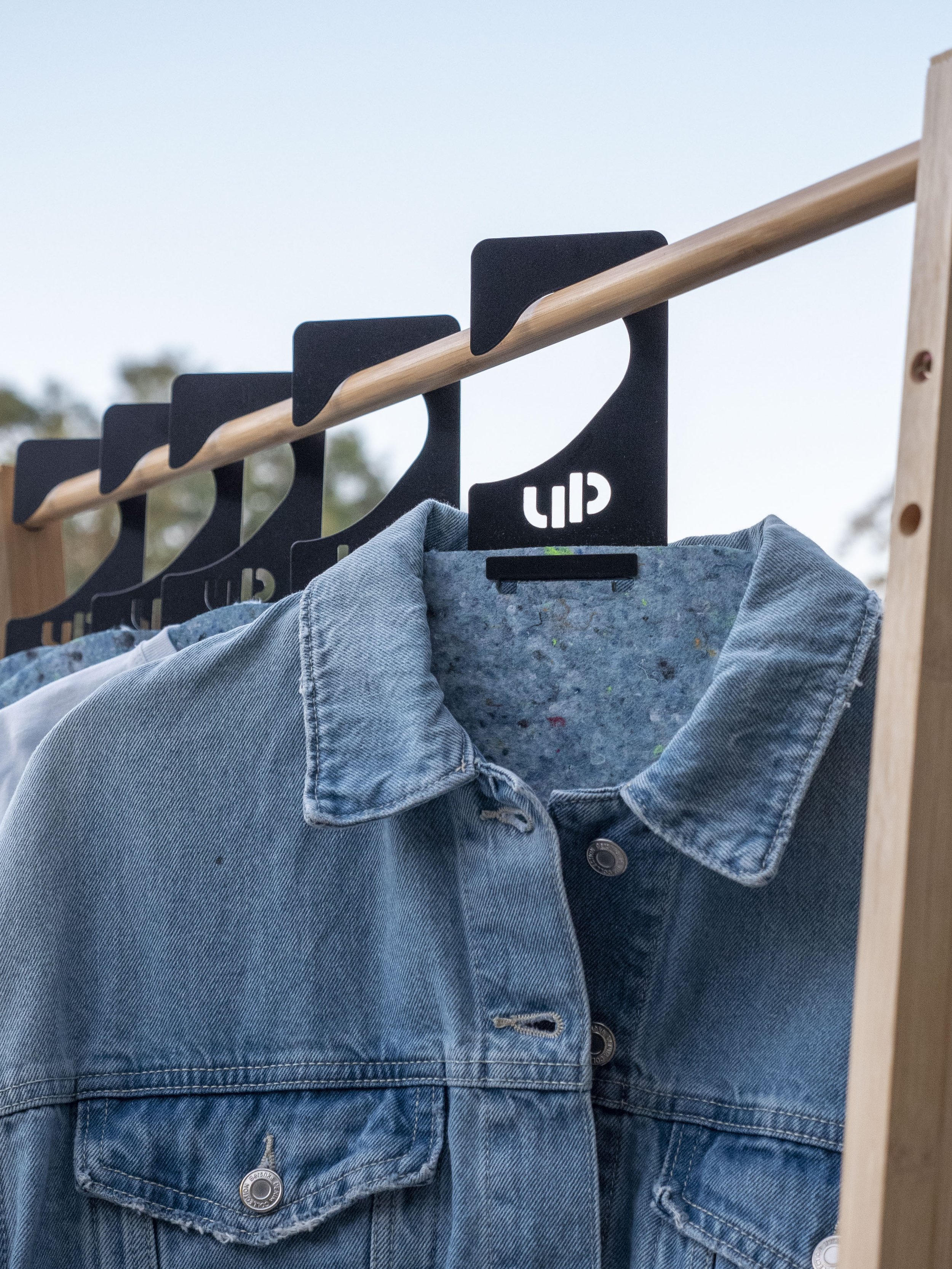Where do recycled textiles end up?
At De Vere, we’re proud to partner with Upparel for all our textile recycling. We’re excited to share how they’re reimagining waste with the launch of their revolutionary new material - UPtex.
Reimagining Waste With Recycled Textiles
UPPAREL, Australia and New Zealand’s leader in textile recovery and recycling is proud to announce the launch of its groundbreaking product, UPtex. This innovative solution to textile waste represents a significant milestone in UPPAREL’s journey as they continue to reintroduce the textiles they’ve recovered back into the industry in the form of a valuable material. With years of research and development behind it, UPtex is set to revolutionise the industry by providing sustainable and circular alternatives for corflute, cardboard, fibreglass, polyurethane, and polystyrene.
UPPAREL's relentless pursuit of eco-friendly solutions has led to the development of UPtex, an extraordinary product that showcases the immense potential of recycled textiles. By harnessing the power of cutting-edge technology and a commitment to keeping textiles out of landfill, UPPAREL is redefining the possibilities for waste management and sustainable manufacturing in the fashion and textile industry.
"The launch of UPtex represents a breakthrough in our vision for waste reimagined," said Tina Elias, Co-Founder at UPPAREL. "We have dedicated years to perfecting this technology, and we are thrilled to introduce a product that not only redefines sustainability but also showcases the immense potential of recycled textiles. UPtex is just the beginning of our journey to create a circular economy and pave the way for a more sustainable future."
UPtex is not only a sustainable alternative but also offers exceptional performance and durability. Its versatility makes it an ideal choice for a wide range of applications, such as packaging, homewares, insulation, and fashion. The recycled material can be printed, laser cut, die cut, folded, and stitched, and is available in a wide variety of densities and thicknesses. UPPAREL's dedication to quality ensures that UPtex delivers outstanding results while significantly reducing the environmental impact associated with traditional manufacturing processes.
“UPPAREL has introduced UPtex globally and demonstrated the opportunities that exist within Australia and New Zealand in not just tackling textile waste but transforming waste materials into valuable everyday resources with complete traceability and transparency,” said Michael Elias, Co-Founder and CEO.
Whilst the possibilities of UPtex are truly limitless, a major opportunity for application is packaging. In 2021, a study was conducted by the University of Technology Sydney and commissioned by the Australian Packaging Covenant Organisation (APCO) on the flow of packaging materials. The study found that only 55% of all packaging waste in Australia was recovered and recycled. Of that, 68% of paper packaging was recycled, but only 16% of plastics.
With cardboard and plastic-based packaging dominating the current market, there’s a massive opportunity for UPPAREL to introduce UPtex as a circular alternative for consumer packaging. Additionally, UPPAREL can offer an end-to-end recycling solution for textile-based packaging across Australia and New Zealand.
UPPAREL is proud to have developed this scalable on-shore solution in Aotearoa New Zealand. The New Zealand branch of the company launched in December 2021 and has since expanded and grown exponentially, partnering with some of the country's largest organisations.
With the launch of UPtex, UPPAREL brings a new era of circularity to their recycling processes. UPtex is not just a product. It’s an opportunity to shake the industry and create a circular economy for textiles.
The UPPAREL team is currently accepting inquiries for UPtex via their website to gauge interest in the material and begin conversations with their commercial partners to discuss manufacturing for projects. To learn more about UPPAREL and its new groundbreaking product UPtex, please visit www.upparel.com.au/uptex.
